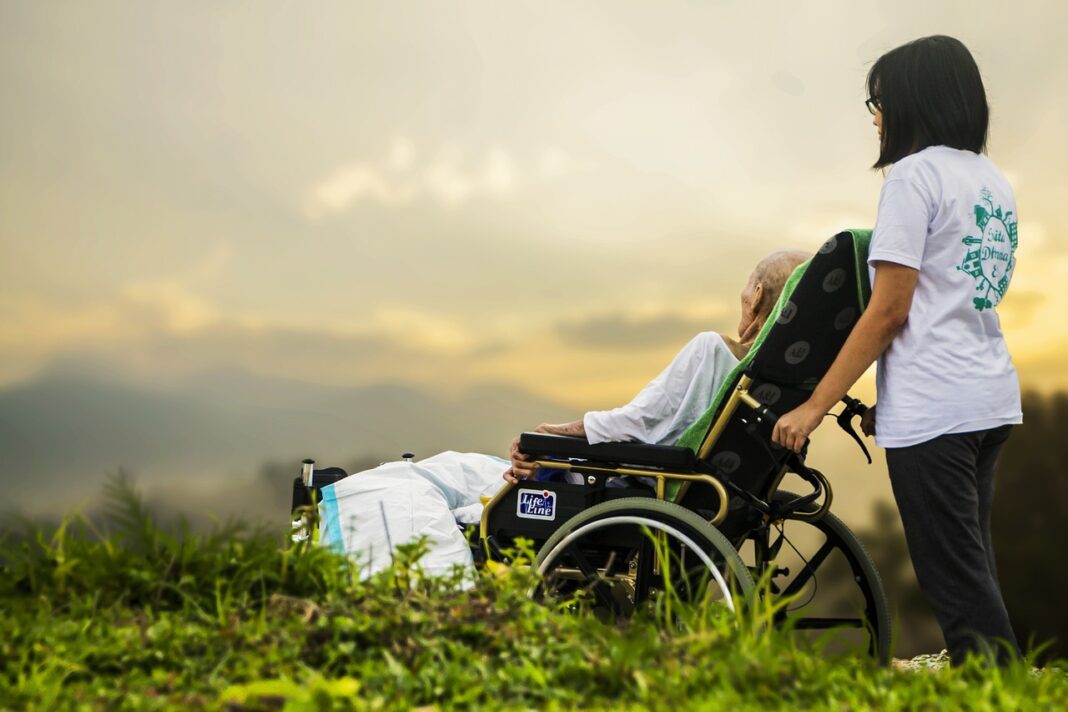There’s something no one tells you about aging—it sneaks up quietly. One minute, your parents are running errands and remembering every birthday. Next, they’re asking where they parked the car… even though they haven’t driven in months.
It’s heartbreaking. And exhausting.
But here’s the thing: it’s also changing.
Not aging itself—we can’t reverse that (yet). But how do we live through it? How do we care for our memory, our independence, our dignity? That part is evolving fast—and in ways that feel less like sterile tech fixes and more like compassion, upgraded.
Let’s walk through what that looks like in real life.
1. The Rise of Personalized Memory Care Programs
Let’s be blunt—most traditional memory care programs treated people like a checklist. Medication? Check. Meal? Check. Keep them “occupied”? Check. But what do they love? That got lost somewhere in the shuffle.
Not anymore.
The new generation of memory care programs is built around people first—routines that make sense to them, not the facility. What time do they naturally wake up? What music calms them? What used to make them feel like themselves? Those things matter. A lot.
Take Fox Trail Memory Care Center, for example. They focus on building emotional connections and adapting to each resident’s personality. It’s not “insert name here” care. It’s: “She loved baking—let’s set up cookie mornings.” Or, “He was an early riser who used to hike—let’s get him outside first thing.”
That kind of personalized attention can feel like the difference between surviving and living.
2. Technology-Driven Cognitive Support Tools
Remember when “keeping sharp” meant doing crossword puzzles at the kitchen table? Still a classic. But now, the toolbox is a whole lot deeper—and smarter.
Apps like Lumosity, Peak, or CogniFit are no gimmick. They use real cognitive science to adapt brain-training to your needs, tracking where you improve and where you’re slipping. The exercises feel more like games than tests, which means people actually stick with them.
Then there’s VR therapy. (Yeah, virtual reality.)
Seniors are being transported to calming landscapes, childhood neighborhoods, and even museums they once visited in real life. It’s not just about nostalgia—it activates memory centers, lowers anxiety, and even sparks conversations that had gone quiet for years.
And wearables? Quiet little geniuses.
A smart watch that notices your dad has stopped walking his usual morning loop. A ring that tracks sleep disturbances. These devices don’t nag—they inform. And that means fewer “I think something’s wrong” moments… and more “we caught this early” wins.
3. AI and Robotics in Elderly Care
Yeah, robots. But not like you think.
Forget the cold metal arms and blinking eyes. Today’s care robots look more like plush pets or gentle-voiced companions. They don’t replace people—they fill in the cracks.
Take ElliQ, an AI-powered companion that can suggest hydration breaks, play trivia, or remind someone to take their meds. She’s chatty. Kind of charming. And surprisingly good at noticing mood shifts.
And let’s not ignore the power of robotic pets. No feeding schedules. No vet bills. Just soft fur, gentle movements, and calming purrs. For someone with mid-stage dementia, that fake golden retriever might be the most reassuring presence in the room. And guess what? It works.
On the backend, AI keeps tabs on sleep, speech, habits—all those things that subtly unravel before a crisis. This isn’t about spying. It’s about seeing earlier and more clearly.
4. Integrative Wellness Approaches
Here’s something that doesn’t get said enough: a person’s spirit needs care, too.
That’s why the best care communities today are ditching stale schedules for something way more alive. Think Tai chi in the courtyard. Garden clubs. Art sessions that get messy and wild. Not just “occupational therapy”—but real living.
It’s not just feel-good fluff. Research shows that seniors who engage in social, physical, and creative activities experience significantly slower cognitive decline.
There’s this one guy—a retired jazz musician—who hadn’t spoken much in weeks. But when someone played Coltrane, he lit up. Started tapping out rhythms on the table. That’s the stuff you don’t find on a chart. But it’s everything.
Getting Older, Getting Better
Aging doesn’t have to be the long goodbye.
With the right tools—and the right mindset—it can be a new chapter. Not easier, necessarily. But richer. Full of surprise connections, small wins, and tech that actually cares.
So, whether you’re planning for your future or helping someone through theirs, know this:
We’re not just keeping people alive longer. We’re helping them live better.
And that? That’s the kind of progress worth paying attention to.





